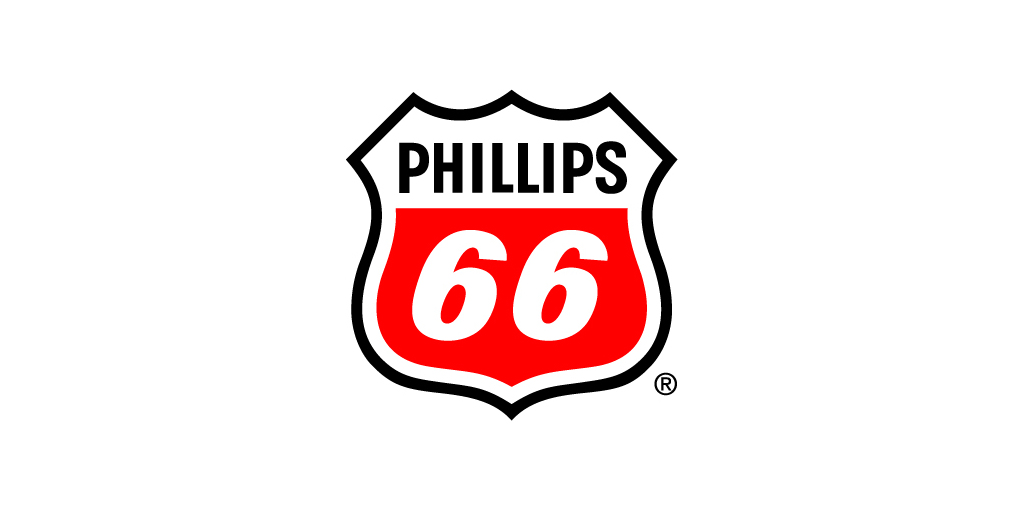After discovering several precious metals deposits in Central America and Mexico, four of which became mines, veteran mining financer Simon Ridgway has returned to his prospector roots in Canada.
The CEO of Rackla Metals (TSXV: RAK) is now hunting for large-scale, reduced-intrusion related gold systems (RIRGS) in the Tombstone Gold Belt – part of the Tintina gold province that extends from the Northwest Territories to the Yukon and into Alaska.
“Following Snowline Gold’s discovery of the Valley deposit in the Yukon portion of the Tombstone Gold Belt, I did some research on all of the Tombstone intrusive bodies to the east of Snowline, and it was clear none of them had been prospected historically for gold,” says Ridgway.
He then sifted through hundreds of government regional geochemical surveys and mineral assessment reports related to the Northwest Territories’ portion of the Tombstone Gold Belt and found anomalous bismuth readings from stream sediment samples. Bismuth is part of a geochemical signature typical of RIRGS, along with gold, tellurium and tungsten.
Ready to pounce
When the government of the NWT and the Sahtu Dene First Nation re-opened an area in the belt for mineral exploration and industrial development in June 2024, Ridgway was ready to pounce.
In a first-pass exploration program the following month, Rackla started staking thousands of hectares and discovered the BiTe showing – an area of intense veining on a cliff face. The first grab sample returned 92.4 grams gold per tonne, 2.17% bismuth (Bi) and 1,250 parts per million (ppm) tellurium (Te) and the second yielded 15.85 grams gold, 0.97% bismuth and 331 ppm tellurium.
More sampling followed and a continuous chip channel sample from the cliff face returned 38 metres of 1.8 grams gold. Talus sampling at the base of the cliff defined a 550-metre-wide gold-bismuth anomaly. The channel started at the scree outcrop interface and ended at a steep cliff face to the north.
Both ends of the channel remain open, with the northern extent ending with 6 metres grading 5.3 grams gold. The company has traced mineralization at BiTe for about 450 metres laterally and at least 400 metres vertically up the cliff.
“I have seen nothing of this size outcropping before,” Ridgway says. “The veining has shattered the intrusive it is so intense. In places we’re seeing up to 50 veins per metre, which is more vein than intrusive.”
Grad property
The company staked additional ground around the showing on the Grad property, bringing the project to 55.3 sq. kilometres.
“From what we’ve seen no one has looked at this cliff face before and no claims were previously staked on this mountain,” he says. “If anybody had walked up these creeks before they would have staked it.”
Rackla began a 4,000-metre drill program in July. Three drill pads along the base of the cliff will test a minimum 300 metres across the zone and a fourth pad has been placed along strike of the vein zone to the south. The drill holes are planned to depths of between 200 and 500 metres.
To confirm vertical continuity to the ridge top, about 350 metres above the drills, a team of mountaineering geologists are working on rope-supported spot, chip and channel sampling.
“We’ve got a lot of gold running down the hill, and we’ve certainly found a RIRGS system within the intrusive body,” he says. “The initial challenge is to demonstrate continuity in these first holes.”
Ridgway notes the team is seeing the right core visuals: sheeted vein density and the right sulfides.
“It’s the same style of mineralization responsible for over 20 million oz. in deposits like Fort Knox, Dublin Gulch and Valley, where each of these bismuth veinlets are gold bearing. Do we have a mineable deposit? It’s way too early to tell.”
Mountainous terrain
Grad should have the potential to be a multi-million oz. deposit.
“It has to be that big to make a mine, to justify the development expenditure,” he says. “Exploration in northern Canada is expensive so the target you’re chasing has to be of a size to justify it.”
Rackla is renting a camp roughly 40 km from the outcrop. Placer Dome built it to explore for lead and zinc at the Howard Pass project in the late 1960s and it is now owned by Selwyn Chiong Mining.
If the drill program is successful, the company will begin the permitting process for a camp closer to the site.
The target for Ridgway is to find something as significant as Snowline Gold’s (TSX: SGD; US-OTC: SNWFG) Valley deposit. Valley is about 160 km from Grad, and contains 7.94 million oz. gold in the measured and indicated category and 0.89 million oz. in the inferred.
‘Dangerous exploration’
“Snowline discovered the perfect deposit, the shape, the continuity, and to wish for that kind of simplicity would be optimistic,” Ridgway says. “Grad is also more challenging because the mountain is high and fractured so exploration is quite dangerous.”
In addition, Rackla has not yet seen the visible gold characteristic of Snowline’s Valley and some other RIRGS deposits, which helps companies target drill holes. But the lack of visible gold doesn’t discourage him.
“Bismuth is a sponge for gold and we are finding lots of bismuth in the veins and disseminated in the intrusive.”
“I haven’t been this excited about a project for as long as I can remember,” he says. “If we’re successful drilling economic intercepts it will be a different world.”
For Ridgway it feels like he has come full circle.
“I started my exploration career in the Tombstone Belt and I called my first public company Tombstone Explorations,” he says. “If I can make a discovery in the belt late in my career it would be amazing.”
The preceding Joint Venture Article is PROMOTED CONTENT sponsored by Rackla Metals and produced in co-operation with The Northern Miner. Visit: www.racklametals.com for more information.




